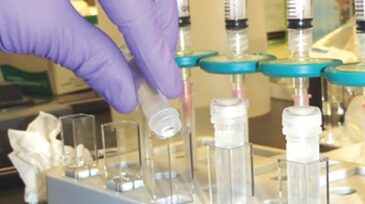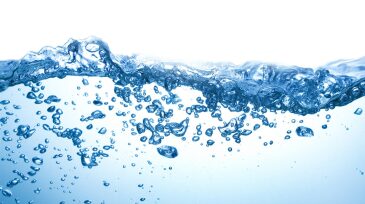Water management
This paper describes a decision-support system that integrates field data, system specifications, and simulation tools to quantify system performance, forecast operational challenges, and evaluate the effect of system modifications in water management.
This paper demonstrates that high-purity salts of calcium, magnesium, strontium, sodium, and lithium can be recovered from produced-water brine using a chemical-reaction pathway followed by vacuum-driven crystallization and a lithium-extraction process.
The authors of this paper aim to design, optimize, and evaluate a scalable and energy-efficient plasma-driven advanced-oxidative-process system for produced-water remediation, emphasizing regulatory compliance for safe discharge or reuse.
-
This paper summarizes the benefits of using a bipolymer crosslinking system in environments where water quality cannot be guaranteed. It also demonstrates the yielded cost savings per well that are achievable when reusing 100% produced or flowback water for hydraulic fracturing.
-
Water production normally increases as fields mature, and two main ways exist to deal with the produced water. One is to dispose of the produced water into dedicated disposal wells. The other is to reinject the produced water for pressure maintenance or sweep efficiency.
-
Earthquake in Cushing, OK -- home to the largest oil storage facility in the world -- leads to further regulatory action on disposal wells in the area.
-
Three metrics that are used for monitoring organics in water are total organic carbon (TOC), chemical oxygen demand, and biological oxygen demand. While less commonly used than the other two methods, TOC can offer practical advantages to operators.
-
Treating produced water to control bacteria is like weeding a garden. It addresses the problem that is not going away.
-
Analyzing the properties of produced water is a difficult process because of the extreme levels of suspended and dissolved particulates contained in it, and a chemistry profile that is in constant flux.
-
The presence of excessive levels of organic components in produced water can lead to costly problems for operators ranging from clogged membranes in treatment facilities to environmental issues and compliance with government permits.
-
Smart waterflooding by tuning injection-water salinity and ionic composition has gained attention in recent years. In this study, desalination technologies are reviewed with the objective to develop potential water-treatment solutions that can most efficiently alter injection-water chemistry.
-
A look at a water management plan for developing shale assets in the Permian Basin encompassing the full life cycle of each field.
-
In this study, samples of flowback water and downhole shales are analyzed to investigate the mechanisms controlling the chemistry of flowback water.













